Literature, language, and history are intertwined. Studying one without exploring the others is like sailing without a rudder. The longer I live in Japan and study Japanese, the greater my curiosity about Japanese history and literature has grown. However, making the transition from textbook learning to native-level literature is intimidating. With greater access than ever before to historical novels and storytelling mediums such as classic cinema, manga, and video games, finding an ideal starting point can be overwhelming.
Therefore, it was only natural for me to reach out to Michele Fujii—a specialist in Japanese language and culture—for guidance on navigating an endless sea of authentic Japanese content. In this interview, Michele explains how she developed her passion for Japanese literature, expands on the importance of cultural literacy, and shares recommendations and advice for Japanese-language learners of all levels. By the end of this interview, I guarantee that you’ll have a long list of native Japanese content to start exploring and enjoying.
Japanese Literature 101
On the Transformations with Jayne podcast, you discussed personal branding and described yourself as a Japanologist. What does that entail?
A Japanologist is essentially a Japan expert—somebody who specializes in Japanese language, culture, history, and literature. There are plenty of notable Japanologists who are branded as such, including Lafcadio Hearn, Donald Keene, Ruth Benedict, and so on. Traditionally, they have been academics. But it essentially comes down to a love of learning about Japan and dedicating your time or, in some cases, your career to doing that.
I was working as a teaching assistant for an incredible professor, Doris Bargen, who happened to be one of the world’s premier Tale of Genji scholars.
How did you develop such a strong passion for reading Japanese literature?
It’s a long story, but the short version starts when I went back to earn my master’s degree, after I had worked in the publishing industry for a few years. I was working as an editor for a Japanese-language textbook series called Adventures in Japanese. As the project was wrapping up, I was thinking about what I wanted to do next. I just couldn’t shake the desire to learn more about Japan.
I decided to go to graduate school, and I discovered my passion during my first semester. I was working as a teaching assistant for an incredible professor, Doris Bargen, who happened to be one of the world’s premier Tale of Genji scholars. I developed my passion for literature through reading the Tale of Genji.
Cultural Literacy
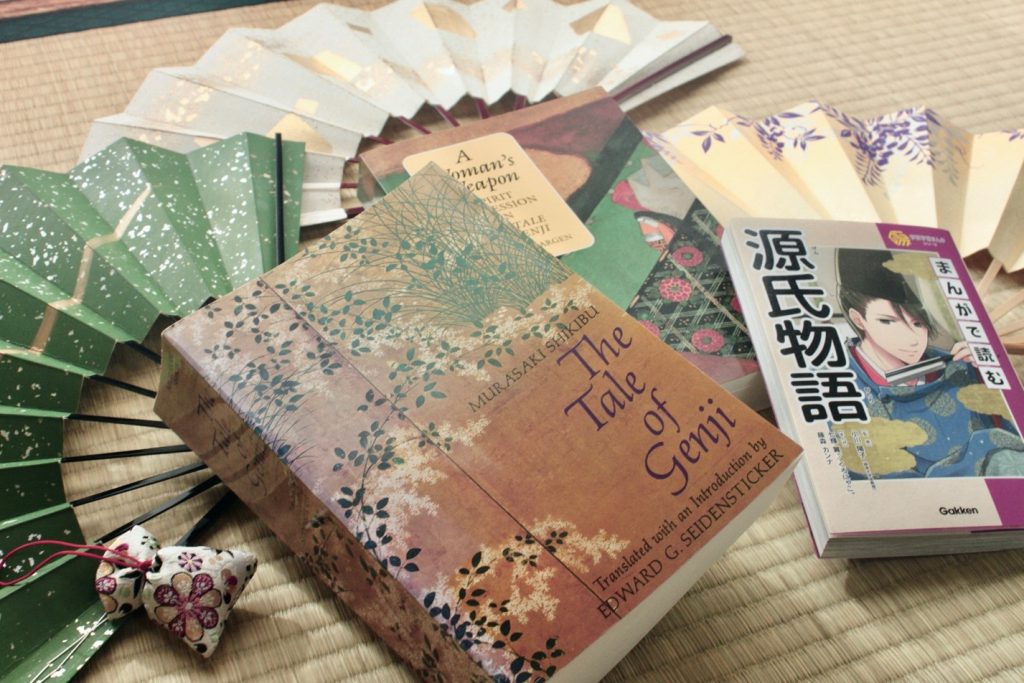
If you’re hoping to tackle advanced literature, take notes as you read and ask questions. Don’t just read through the book—investigate it.
In one of your articles, you explain the concept of “cultural literacy.” What advice can you give for language learners who want to transition from textbook study to reading literature such as The Tale of Genji?
You can go about this in a few ways. One way is to read in translation first and tackle the original work after that. You can grab a book like Convenience Store Woman. It’s written in modern Japanese, it’s digestible, and it’s readily available in multiple languages.
The second method is to find an accessible series. For example, Orange started out as a manga series and was later turned into a light novel, an anime series, and a live-action film. This enables you to access literature in a way that reinforces a variety of different language learning skill sets. This can be a really great way for visual learners or auditory learners to access literature.
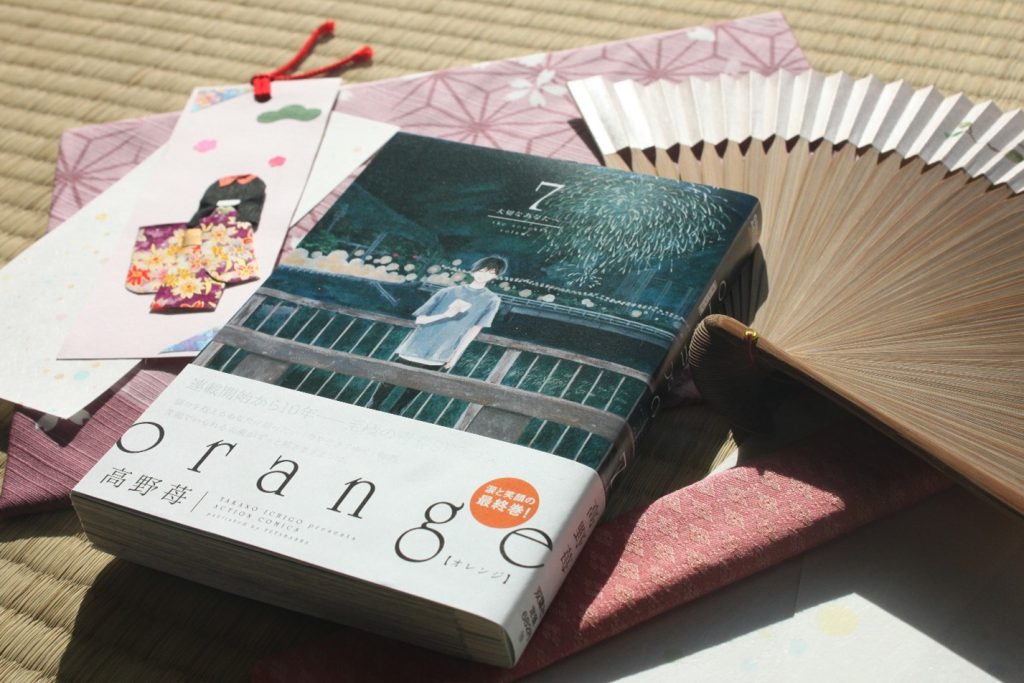
Classics, like The Tale of Genji, might not be for everyone. However, there are modern Japanese translations out there. There are abridged versions. There are many guides, visual companions, and summaries available. There is value in using those tools alongside your reading.
If you’re hoping to tackle advanced literature, take notes as you read and ask questions. Don’t just read through the book—investigate it. You’re going to find so much along the way that’s going to inform your cultural literacy.
Don’t be afraid to put a book down and come back to it later. It might be too tough, or it might not be for you right now, but that could change later. You can also read more than one thing at a time. Pair longer books with something shorter and more digestible. Read Orange or Convenience Store Woman alongside The Tale of Genji. This way, you can accomplish short-term goals while you work on the long-term one.
Join a reading group or a book club and talk about what you’re reading. This will motivate you to finish. It’s also going to make you pay closer attention to what you’re reading.
Lastly, don’t shy away from leaving a book unfinished. You can’t expect yourself to enjoy everything that you read.
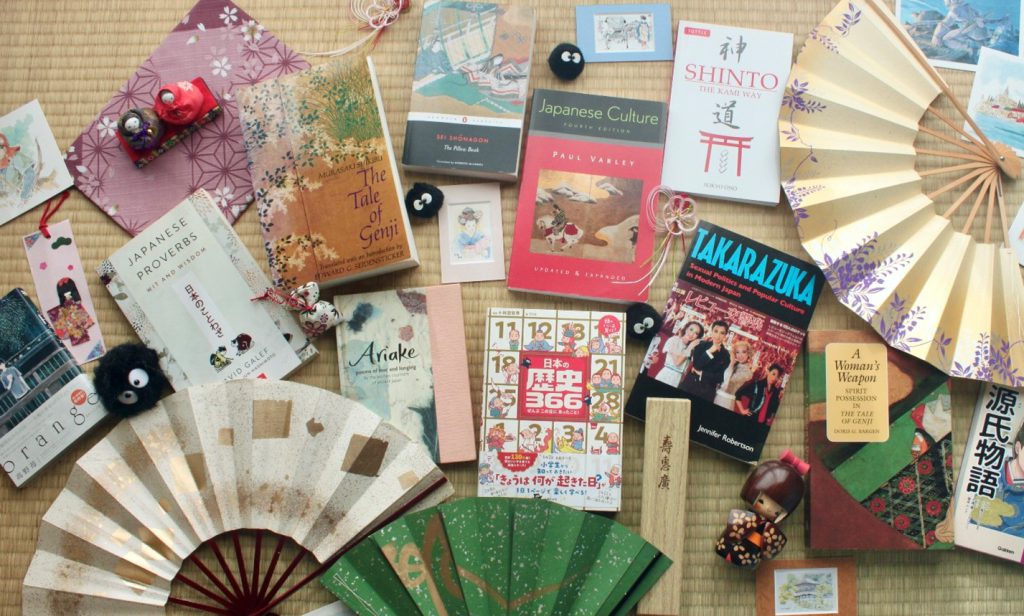
Content Recommendations
If I could only recommend one book, it would be Donald Keene’s Anthology of Japanese Literature: From the Earliest Era to the Mid-Nineteenth Century.
What books, films, or other resources do you recommend for those who are just getting started with Japanese history and literature?
Jump into anything that seems interesting to you. At the end of the day, if you’re not connecting with something, you’re much more likely to give up on it. And that goes not only for the media that you’re consuming, but also the language that you’re learning. I actually set up a Goodreads shelf that is a nice introduction.
If I could only recommend one book, it would be Donald Keene’s Anthology of Japanese Literature: From the Earliest Era to the Mid-Nineteenth Century. It’s a great snapshot representation of different genres and styles from different periods and different authors. You have a little poetry in there, some plays, some short stories, and excerpts from novels.
As for other resources, I recommend Tofugu, not just because I work for them, but because it has been one of my favorite personal resources for many years. It’s probably one of the most accessible platforms to get started with learning Japanese or going back to fill in some knowledge gaps.
For advanced learners that want to tackle Japanese literature in its original form—breaking it apart for language learning purposes and getting ideas for what to read—Maplopo is a great resource.
I can’t finish answering this question without recommending every single Studio Ghibli film. There are also a few other films I would recommend, such as Rashomon and Kagemusha, directed by Akira Kurosawa. Sansho the Bailiff by Kenji Mizoguchi is another great one. I also suggest the movie adaptations of the famous play based on the Ako Vendetta. However, there are only a few versions that I can truly recommend: The Loyal 47 Ronin [1958], directed by Kunio Watanabe; 47 Samurai [1962], directed by Hiroshi Inagaki; and my favorite: 47 Ronin [1994], directed by Kon Ichikawa.
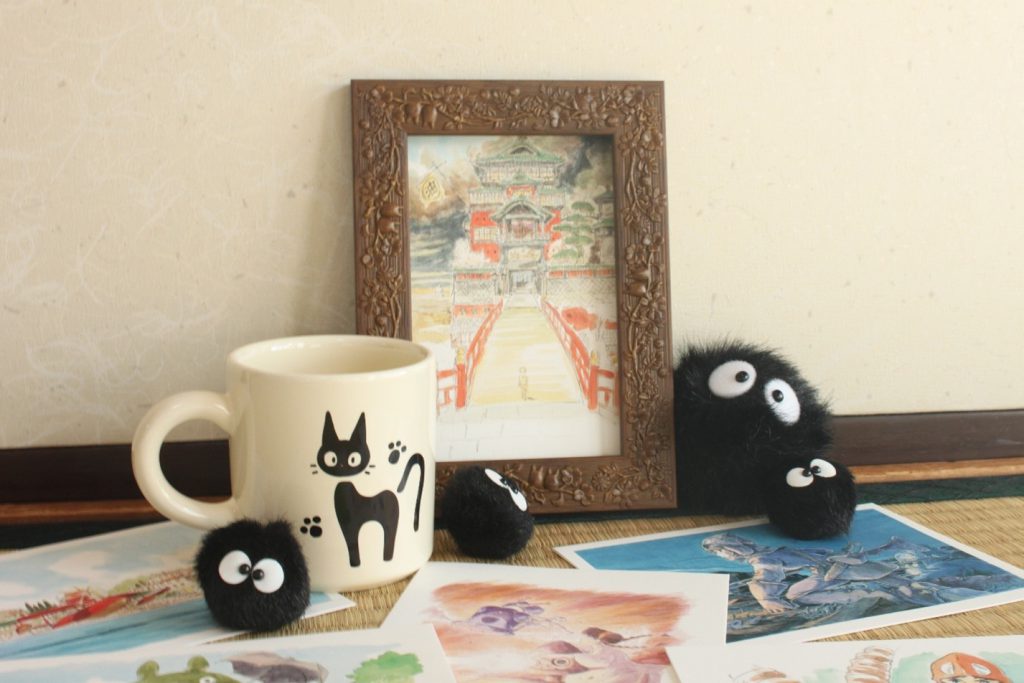
Finally, there are two more movies to check out. Rikyu, by Hiroshi Teshigahara, is all about the development of the Japanese tea ceremony aesthetic. The Makioka Sisters, another Kon Ichikawa film, will give you a good idea of the Japanese family dynamic during the late 1930s.
How many people know that the first-ever epic novel was written by a Japanese woman, 500 years before Shakespeare was even born?
What is your favorite historical period or event? Why?
The Heian period. That’s the period in which The Tale of Genji was written and takes place. A lot of what we know about this period comes from the literature of the time, and the majority of that—or what’s left of it—was written by women. Many credit The Tale of Genji as being the world’s first novel, but in the United States, we spend so much time in school learning about Shakespeare and other British literature. But how many people know that the first-ever epic novel was written by a Japanese woman, 500 years before Shakespeare was even born?
The tail end of the Heian period also marked the beginning of samurai culture, which so many people are fascinated by. This is another period that I love. It’s full of complex and compelling conflict, and this is chronicled in another beautiful and epic piece of Japanese literature that I love: The Tale of the Heike.
Like manga and anime, video games are an excellent and common entry point for people into Japanese culture.
During your podcast appearance, you mentioned that video games are one of the things that introduced you to Japan. Do you believe that games can also play a role in helping Japanese learners increase fluency and literacy? If so, do you have any recommendations?
Like manga and anime, video games are an excellent and common entry point for people into Japanese culture. My recommendations for video games follow the same logic as my recommendations for books: go for what appeals to you. The caveat with video games, however, is that if you’re going to play something like Final Fantasy in Japanese, you’re going to learn a lot of obscure vocabulary that isn’t going to be useful in daily life. But, at the end of the day, any practice is good practice, right? And you’ll probably become great at reading Japanese. However, something like Animal Crossing is perfect for beginner and intermediate learners because you will learn useful vocabulary. And, circling back to cultural literacy, the game is also an excellent introduction to some of the more practical aspects of Japanese culture.
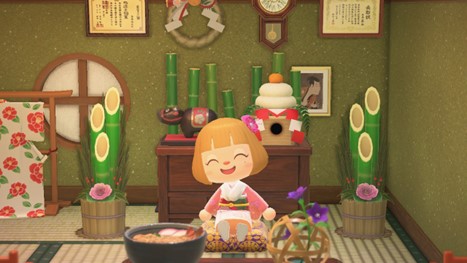

Final Thoughts on Learning Japanese
Classroom learning and textbooks are great, but to stay motivated, you have to find something that connects you with the culture.
If you had to learn Japanese again from scratch, how would you go about it differently this time?
This is the hardest question to answer. I think I did some things right—right for me, at least. One example was getting off romaji within a week of starting to learn Japanese and immediately focusing on reading and writing kana. Engaging with a lot of native media, especially music and TV shows, and not just scripted movies or anime was helpful. Lastly, I’m glad I started using my Japanese from the beginning, without worrying about how I sounded.
But if I could go back and do things differently, I would have learned a lot more and a lot more quickly if I had been more of an active learner than a passive learner. Classroom learning and textbooks are great, but to stay motivated, you have to find something that connects you with the culture. You need reasons to engage with native material to continuously reinforce what you’re studying.
I would have spent more time around people who love kanji, because that’s still my biggest sticking point. I got it in my head early on that it’s difficult and everybody hates it. That’s what everyone told me, and it’s not necessarily true. I wish I hadn’t kept that idea in my head when I started learning Japanese because that made kanji more difficult than it needed to be.
The last thing I would do differently is surrounding myself with more supportive people who have similar goals. It’s so beneficial to have people around you who understand what you’re going through, relate to your goals, and can cheer you on and celebrate big—or even small—victories with you. Language learning becomes a lot more challenging once you’re out of a school environment, working full-time with family commitments. Knowing what I know now, I would have really buckled down and dedicated more time to learning Japanese when I had the time to do so in school.
Top Photo credit: Tomohiro Fujii

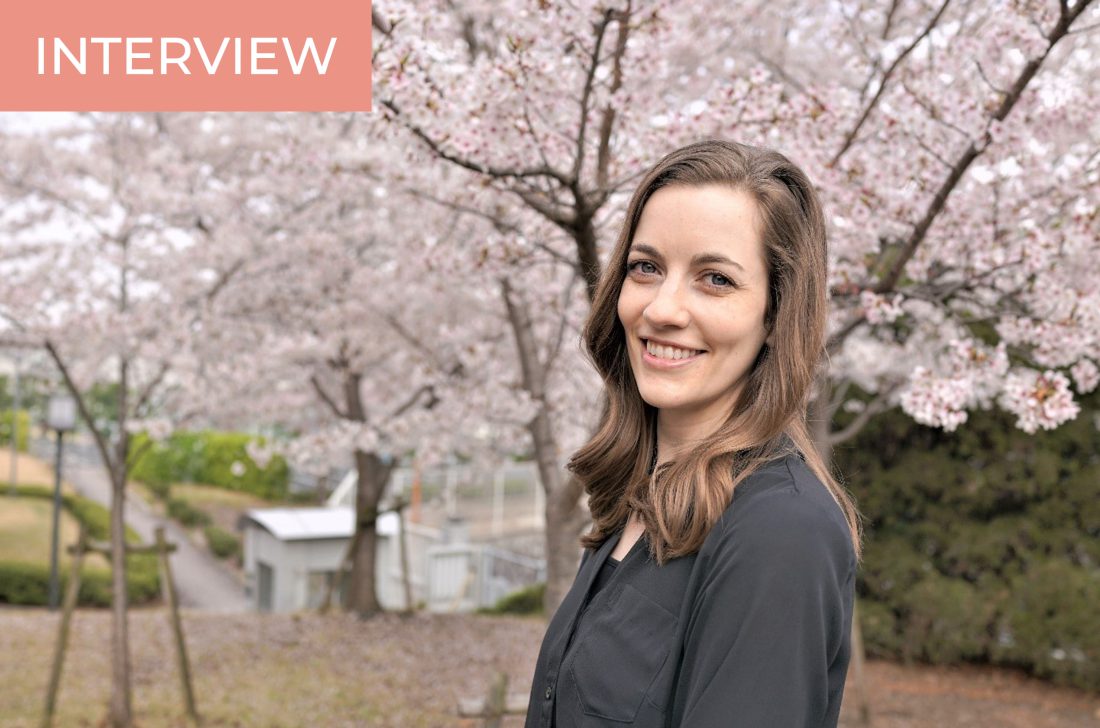

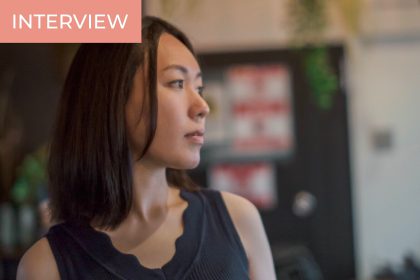
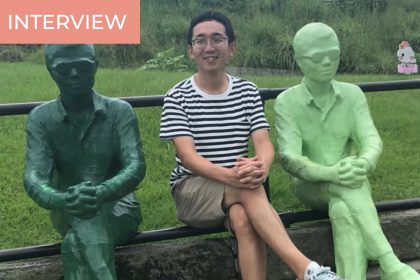

One Comment
whoiscall
August 26, 2023 at 8:00 AMNice post!